You can create the capacitive sensors on the PCB itself right under the areas of interest. A filled circle with surrounding ground plane will form a capacitance you can measure. A lot of MCUs have a capacitive touch function built in, but you can also get away with just a timer and a GPIO pin.
You can get not so bad results quite quickly, but outside of the lab, things start to get tricky quickly as well.
I implemented something just with a timer and the comparator of the GPIO - still works after 5 years, but never left the lab (it's still running on the same battery as well).
It is based on the application note from Texas Instruments.
The basic idea is this:

simulate this circuit – Schematic created using CircuitLab
You set the GPIO at first as output and charge the sensor element. Then you switch it's functionality to input and as a trigger for a running timer. The external resistor will "slowly" (still a matter of microseconds) discharge the sensor element. When the voltage falls below the trigger point of the pin, it will capture the timer value.
If a finger comes close, the capacitance rises and the time to discharge will increase, with this you can detect if a finger is there.
In the application note there is a not so dumb algorithm to track environmental changes, as the will disturb your system in the long run.
For a real robust implementation, you are probably better off with a "real" touch sense controller and a study of how to design the touch sensing elements.

